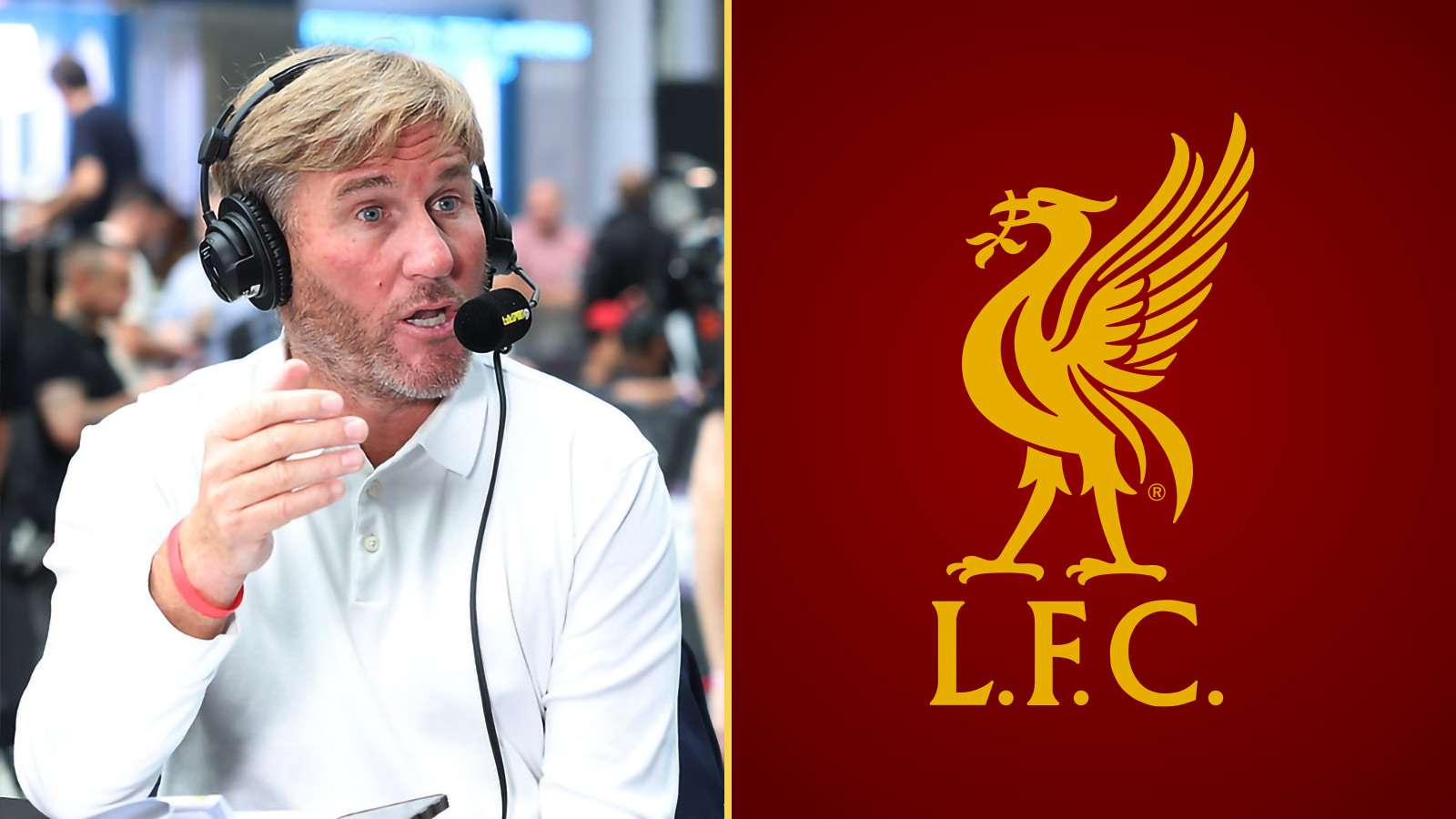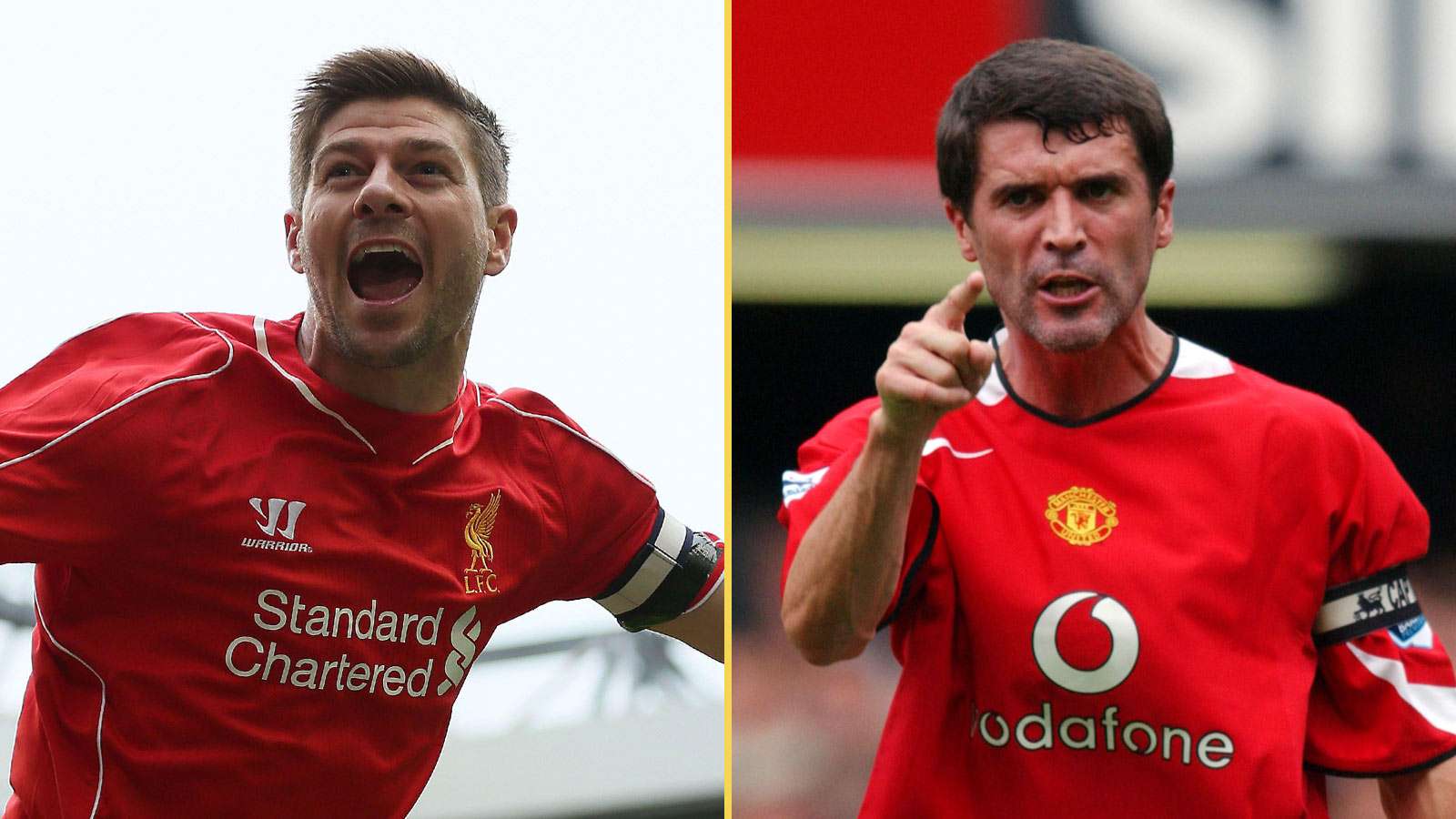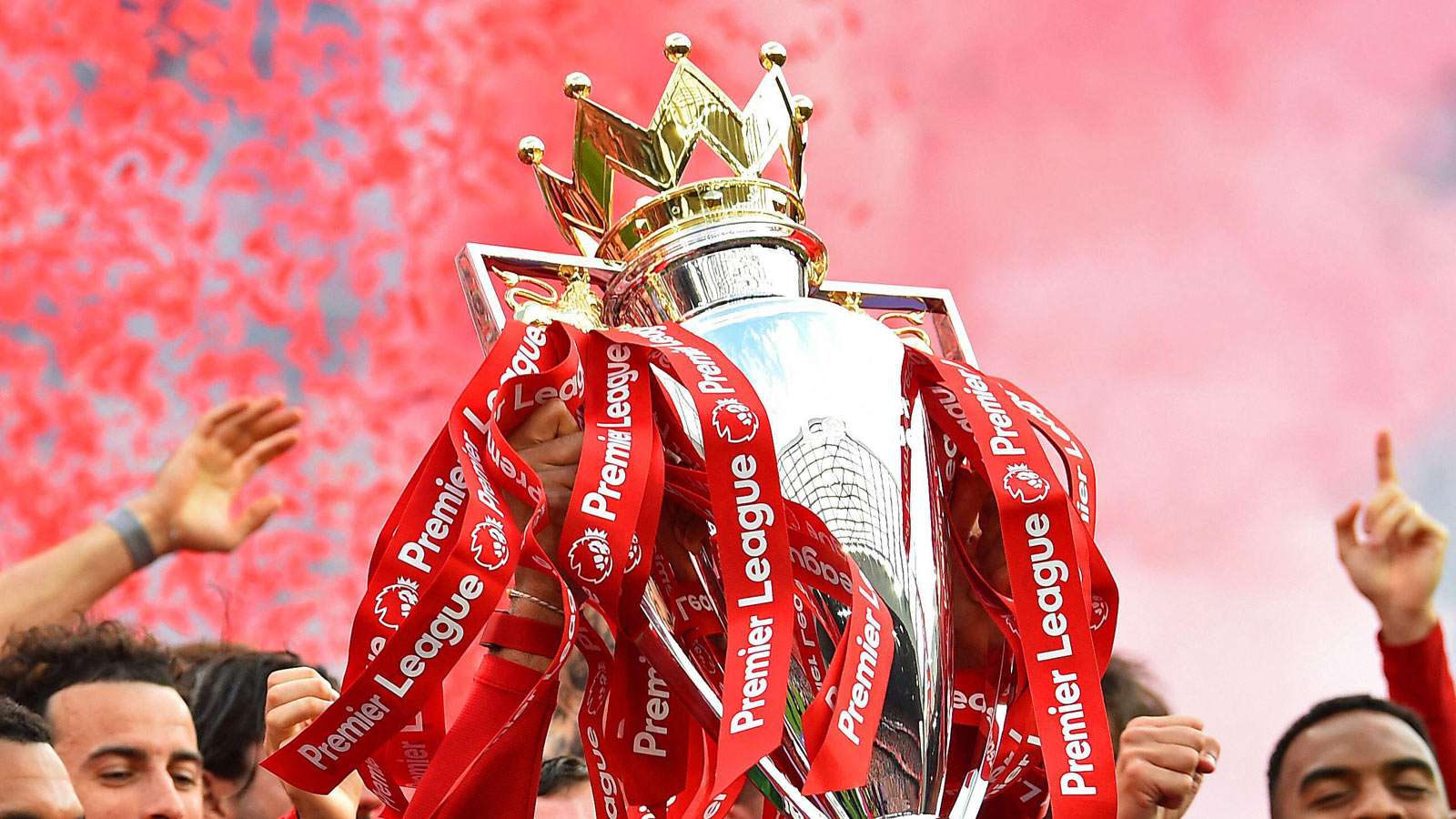Premier League champions Liverpool closed the summer transfer window in style, completing the £125 million signing of Alexander Isak on deadline day.
The deal became the most expensive deadline-day transfer in history, setting a new British transfer record in the process, and pushed the the Reds’ summer outlay to £445 million.
For a club known for financial prudence under former manager Jurgen Klopp, this represents a striking shift and it comes with heightened expectations for current head coach Arne Slot.
Isak, who had been keen on a move to Liverpool all summer, joins Florian Wirtz and Hugo Ekitike in a new-look attacking rotation. Slot now has one of the most expensive squads in Europe at his disposal, but the scale of the spending also increases pressure to deliver on the pitch.
Criticism of the Reds’ unprecedented outlay has been widespread, with Liverpool legend Jamie Carragher highlighting the contrast with past eras.
“In the Klopp era, Liverpool have never spent like Manchester United, Chelsea, or Manchester City. They’ve always had to be smarter, and now suddenly they’re paying huge fees.”
Talking on talkSPORT, former Crystal Palace chairman Simon Jordan responded by defending the spending and placing the expenditure in context.
“That’s because PSR [Profit and Sustainability Rules] governance has changed, and Liverpool are at a stage where their turnover is so significant.
In the season before last, their turnover was around £620 million, and the season just gone is probably exceeding £700 million.
Liverpool have consolidated two summer transfer windows into one and paid slightly higher fees because they’ve bought some of the best players.”
Jordan also stressed that the summer spending should be evaluated over multiple windows.
“Liverpool bought €482m worth of players, and they sold €220m worth of players.
So we’re talking about something in the region of about €180m across three transfer windows— it’s not huge amounts of money.”
The summer saw Liverpool break their transfer record twice as Florian Wirtz joined for £116 million in June, followed by Alexander Isak’s £125 million move.
Overall, the club spent £446.5 million on new players — the most by a Premier League club in a single window since 2016 — while recouping £228 million from the departures of Luis Diaz, Darwin Nunez, and Caoimhin Kelleher, among others.
The net spend of £218 million remains lower than Arsenal’s £257 million, who recouped only £10 million from player sales.
Jordan emphasised that Liverpool’s approach remains measured.
“When you pare it back and have a more educated conversation, it’s not huge amounts of money.”
He added that the high individual transfer fees reflect both the market and Liverpool’s strategy.
“That’s because they didn’t spend it last year, and the market is what the market is. Liverpool have simply consolidated two windows into one and paid slightly higher fees than people anticipated because they’ve bought some of the best players available.”
For Slot, the summer spending spree is both a blessing and a challenge. While he now has arguably the strongest squad in Liverpool’s recent history, expectations are sky high.
Jordan’s defence makes it clear that despite record-breaking figures, Liverpool’s strategy is carefully calculated and sustainable, leaving the focus on what matters most — performances on the pitch.




